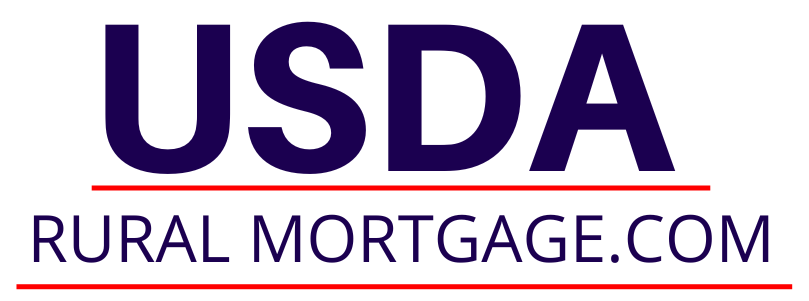4/11/2023
A conventional loan is a mortgage loan that is not guaranteed or insured by any government agency, such as the Federal Housing Administration (FHA) or the Department of Veterans Affairs (VA). Conventional loans can be either conforming or non-conforming, depending on whether they conform to the loan limits and other criteria set by Fannie Mae and Freddie Mac, two government-sponsored enterprises that buy and sell mortgages in the secondary market.
On the other hand, a USDA loan is a mortgage loan that is guaranteed by the US Department of Agriculture (USDA) and designed to help people in rural and suburban areas buy homes. To be eligible for a USDA loan, the property must be located in an eligible rural area, and the borrower’s income must not exceed certain limits.
The main differences between conventional loans and USDA loans are:
- Eligibility requirements: Conventional loans are available to borrowers who meet the lender’s credit and income criteria, whereas USDA loans are only available to borrowers who meet the USDA’s eligibility requirements, such as the property location and the borrower’s income.
- Down payment: Conventional loans typically require a down payment of at least 3%, while USDA loans do not require a down payment.
- Mortgage insurance: Conventional loans may require private mortgage insurance (PMI) if the down payment is less than 20% of the home’s value, whereas USDA loans require a mortgage insurance premium (MIP) that is lower than PMI.
- Interest rates: The interest rates on conventional loans are usually higher than the rates on USDA loans, but this can vary depending on the borrower’s credit score, income, and other factors.
Overall, if you are looking to buy a home in a rural or suburban area and meet the USDA’s eligibility requirements, a USDA loan may be a better option for you. However, if you do not meet the USDA’s eligibility requirements or prefer a conventional loan, you may want to consider that option instead. It’s important to compare the terms and conditions of different loan options and choose the one that best fits your financial situation and goals.


No Comments
Be the first to start a conversation